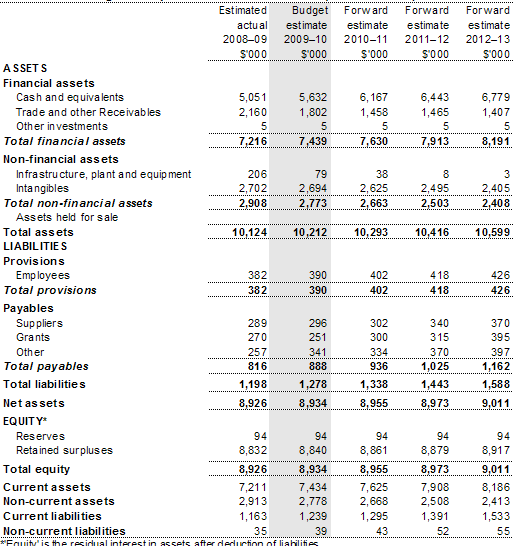How to Calculate Retained Earnings on a Balance Sheet

Whenever a company makes a profit, it uses the extra money for two major purposes. They will either try to pay the shareholders, in the form of dividends, or retain the surplus for expansion.
The second route is not just taken for reinvesting purposes, but can further be deployed by the owners in order to show an increase in their share of equity. The decision must be taken wisely in order to explain to the investors the need to retain the earnings in the form of cash. Any money sitting idle will not help the company grow, but for accounting reasons, must be shown on the balance sheet under the shareholders’ equity section.
The balance sheet will include a left-hand column, which will incorporate all company related assets, and a right-hand side that will take into account the liabilities held by a company and shareholders’ equity, i.e. the net worth of the company. Knowing the company’s assets and liabilities, one can easily figure out a way to calculate the owners’ equity or the amount retained in earnings.
Instructions
-
1
Analyze the company’s total assets
Locate the assets of a company, which will usually be categorized as current, and non-current. The former will refer to those which can be easily converted into cash, and will have a span of usually 12 months or an accounting cycle. This will include cash, cash equivalents, inventory and account receivables. The latter will have a larger span, of more than one year, and will include tangible assets in equipment, building and land, as well as intangible assets in goodwill, patents or copyrights. -
2
Analyze the company’s total liabilities
The right-hand-side will firstly incorporate the financial obligations of a company. It will include both short and long-term liabilities, ones which need to be settled within a year such as accounts payable, while others which will have longer durations. -
3
Retained earnings
Retained earnings will be calculated by subtracting Step 2 (Total Liabilities) from Step 1 (Total Assets). This will usually be referred to as the owners’ wealth. However, in order to conclude the exact amount, one needs to subtract the money given to shareholders as dividends – preferred and common stocks.


